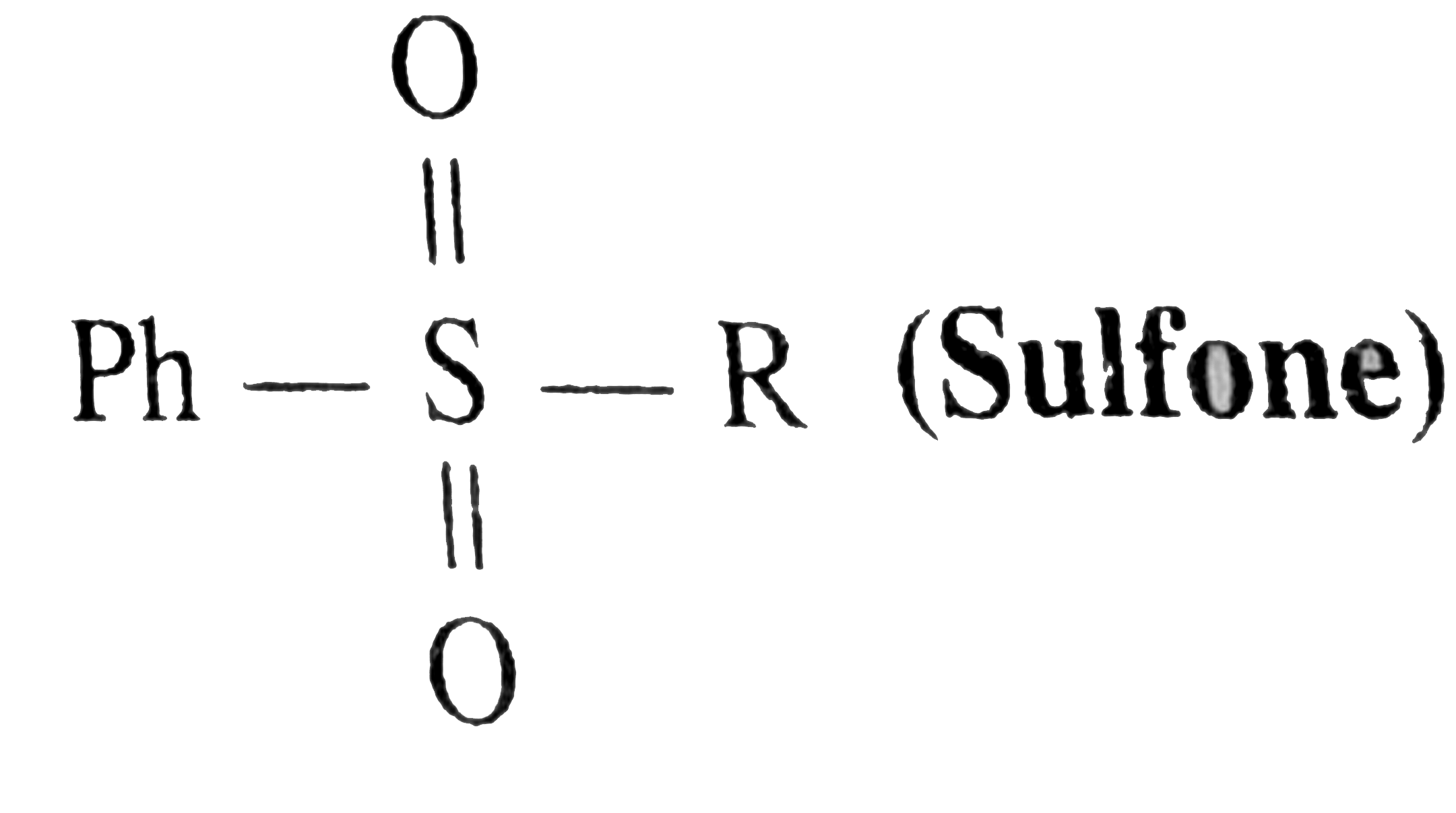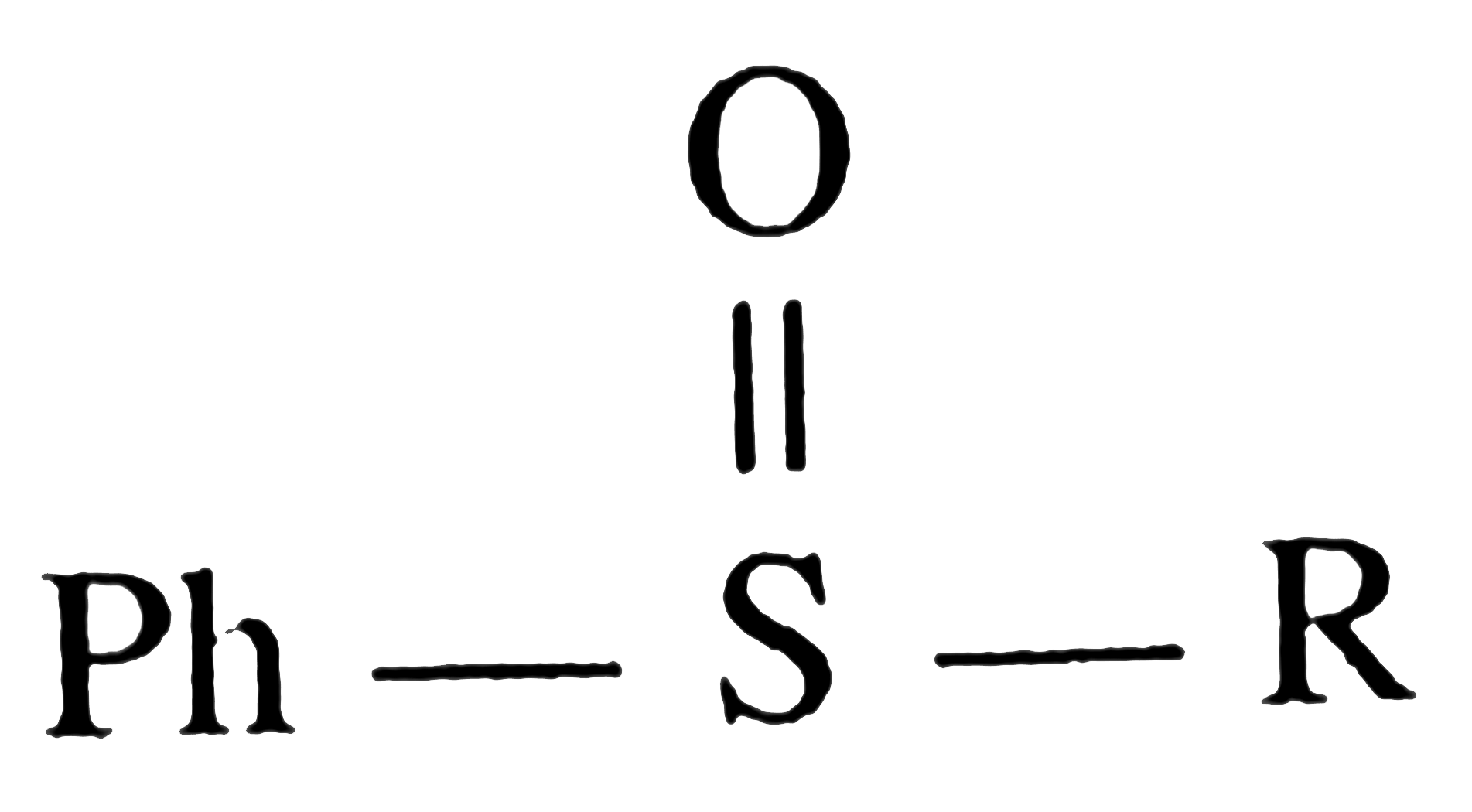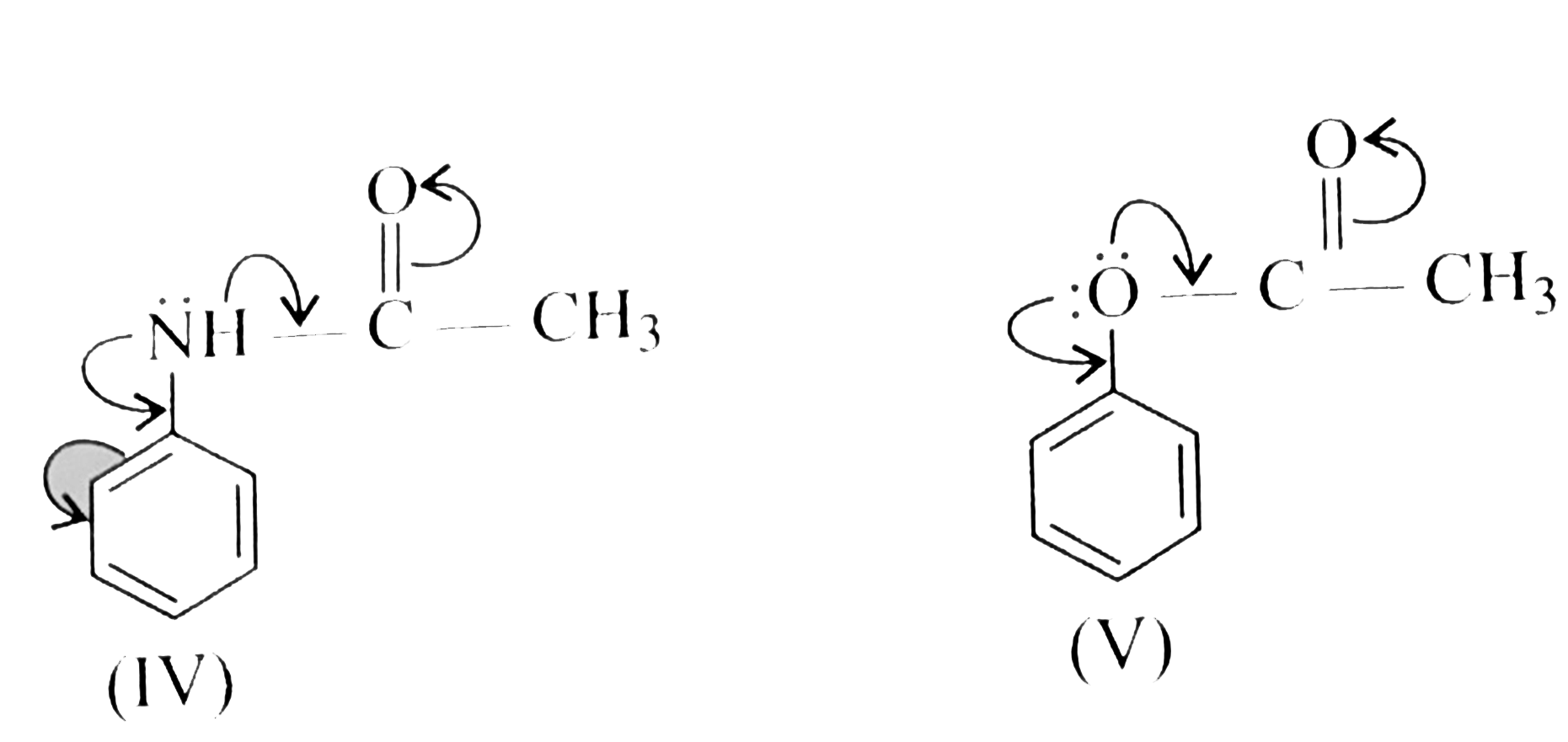Arrange the following compounds in decreasing order of their property as indicated:
a. Reactivity and orientation of (I) Ph−⊕S..−Et2 and (II) PhNO.
Activating effects of the following o,p− directions:
I. −Oo−.II,-OH,III.-NH_(2)IV.−NHCOCH3 V. −OCOCH3
c. Respectivity and orientation of I. PhOEt and II. PhSEt
d. Categories the following subsituents as:
I. Activating,
ii. Deactivating,
iii. o,p, or m− directing.
I. 
II. 
III. Ph−..S−R
SE reactivty of:
I. PhNO, II. 
f. SE reactivity and orientation of:
1. PhF, II. PhCl, III. PhBr,IV.Phl
Text Solution
Reacticity of: Ph−..N=..O: (II) (nitroso) gt
Ph−⊕S.. - Et_(2)(I)<br>Orientaiojnof:(II)o,p-direct∈g>(I)mdirect∈g<br><imga≤ocr_imageload∈g=lazysrc=https://d10lpgp6xz60nq.cloudfront.net/physics_images/KSV_CHM_ORG_P2_C11_S01_018_S01.pngwh=80%mx-autosty≤=background:white;><br>Likehalogens,itdeactivatesther∈g∈ducively(-1effect)andactivatesther∈gbythedonationofLP overline(e)sonNνyresonance,henceo,pdirect∈g.<br><imga≤ocr_imageload∈g=lazysrc=https://d10lpgp6xz60nq.cloudfront.net/physics_images/KSV_CHM_ORG_P2_C11_S01_018_S02.pngwh=80%mx-autosty≤=background:white;><br>('sigma' and π withdrawing)
LIke R3N⊕− positive charged S atoms attarct ¯es from the ring hence is m− directing.
b. (I)>(III)>(II)>(IV)>(V)(−..–––..oO>−..NH2−OH>
 (1) ..–––..−O with full negative charge, best overline(e)donat∈g→ther∈gandformsstab≤unchar≥d∫ermedicate.<br><imga≤ocr_imageload∈g=lazysrc=https://d10lpgp6xz60nq.cloudfront.net/physics_images/KSV_CHM_ORG_P2_C11_S01_018_S04.pngwh=80%mx-autosty≤=background:white;><br>(III)and(II)Both(−..NH2) and (..−O..H) have I and +R effects, but En of O>N, net ¯e donating power of ..−NH2>−..OH.
(1) ..–––..−O with full negative charge, best overline(e)donat∈g→ther∈gandformsstab≤unchar≥d∫ermedicate.<br><imga≤ocr_imageload∈g=lazysrc=https://d10lpgp6xz60nq.cloudfront.net/physics_images/KSV_CHM_ORG_P2_C11_S01_018_S04.pngwh=80%mx-autosty≤=background:white;><br>(III)and(II)Both(−..NH2) and (..−O..H) have I and +R effects, but En of O>N, net ¯e donating power of ..−NH2>−..OH.

Both (IV) and (V) are moderetely activating due to cross conjugation but again the reactivity of −NH2>−OH.
c. Reactivity ⇒(I)>(II)(Ph−..O..−Et)>(Ph−..S..−Et).
Orientaion ⇒ both o,p− director.

In (I). LP¯e's donation to the ring is by (2p−2p) overlap, hence (C−O) bond is stronger and shorter than (C−S) bond in (II) (2p−3p) overlap.
d. I. Ph−O∣∣S∣∣O−R Absence of LP¯e'sonSa→mandstrong-IeffectofS.<br>:.deactivat∈gandm-direct∈glike(-SO_(3)H)group.<br>II.Ph - underset(O) underset(||) overset(..) (S) - RPresenceofLP oveline(e)'sonSa→m,sooverline(e)donat∈gbyresonance(+R)butstrong-IeffectofS.<br>:.deactivat∈g(likehalogenand-N = O)yeto,p-direct∈g.<br>III.Ph - underset(..) overset(..) (S) - RThepresenceofLP oveline(e)'sonSa→m,overline(e)donat∈gbyresonance(+R)butweak-IeffectofSis¬aachedwithanyENe≤ment).<br>:.activat∈gando-p-direct∈g.<br>Reactivity:(I) gt (II)<br><imga≤ocr_imageload∈g=lazysrc=https://d10lpgp6xz60nq.cloudfront.net/physics_images/KSV_CHM_ORG_P2_C11_S01_018_S07.pngwh=80%mx-autosty≤=background:white;><br>Sameexplanationas∈(c).ThesizeofN lt S,sothesmal≤rN∂ocalisesLP overline(e)'s into the ring better than the larger S atom.
f. Reactivity of halogen is controlled by −I effect and the orientation is controlled by resonance. Greater the EN, greater is the −I effect and lesser is the reactivity. EN of halogens is F>Cl>Br>I.
Reactivity for SE reaction: (IV)>(III)>(II)>(I)(Phl>PHBr>PHCl>PhF).
Orientaiton: All the o− and p− directing (combined effect of −I and +R)
|
Topper's Solved these Questions
- AROMATIC COMPOUNDS AND ALKYL AND ARYL HALIDES BOOK - CENGAGE CHEMISTRY ENGLISHCHAPTER - AROMATIC COMPOUNDS AND ALKYL AND ARYL HALIDES EXERCISE - Solved Examples
21 Videos
- AROMATIC COMPOUNDS AND ALKYL AND ARYL HALIDES BOOK - CENGAGE CHEMISTRY ENGLISHCHAPTER - AROMATIC COMPOUNDS AND ALKYL AND ARYL HALIDES EXERCISE - Solved Problems
37 Videos
- APPENDIX INORGANIC VOLUME 2BOOK - CENGAGE CHEMISTRY ENGLISHCHAPTER - APPENDIX INORGANIC VOLUME 2EXERCISE - Short Answer Type
179 Videos
- BIOMOLECULESBOOK - CENGAGE CHEMISTRY ENGLISHCHAPTER - BIOMOLECULESEXERCISE - Exercises Archives (Analytical And Descriptive)
8 Videos
Similar Questions
Knowledge Check
The decreasing order of -I effect of the following is
I. −⊕NH3.
II. −NO2
III. −CN
IV. −COOHAI gt II gt III gt IVBII gt I gt III gt IVCI gt II gt III gt IVDII gt I gt IV gt IIIArrange the following groups in decreasing activating order :
(i) −NR2
(ii) −Me
(iii) NHAc
(iv) −OHAI>IV>III>IIBII>IV>III>ICIII>II>IV>IDIV>I>III>IIArrange the following in order of their leaving group tendency ?
Br(I)− , H3C−O∣∣C(II)−(O)− , CH3CH2O− , Ph−O−AI>II>III>IVBI>III>II>IVCI>II>IV>IIIDI>IV>III>II
The decreasing order of−I effect of the following is :
(I) COOH
(II) F
(III) OR
(IV) NH2
(V) OH
(IV) Ph−.
View SolutionThe decreasing order of−I effect of the following is :
(I) CHO
(II) F
(III) OR
(IV) NH2
(V) OH
(VI) Ph.
View SolutionArrange the following groups in the increasing order of +M :
(i) −ICl,−F,−Br (ii) −NH2,−OH,−OΘ
View SolutionThe decreasing order of +I effect of the following is :
(I) −OӨ
(II) Me−
(III) Et−
(IV) Me2CH−
(V) Me3C−.
View SolutionThe decreasing order of +I effect of the following is :
(I) −OӨ
(II) Me−
(III) Et−
(IV) Me2CH−
(V) Me3C−.
View Solution
